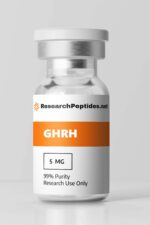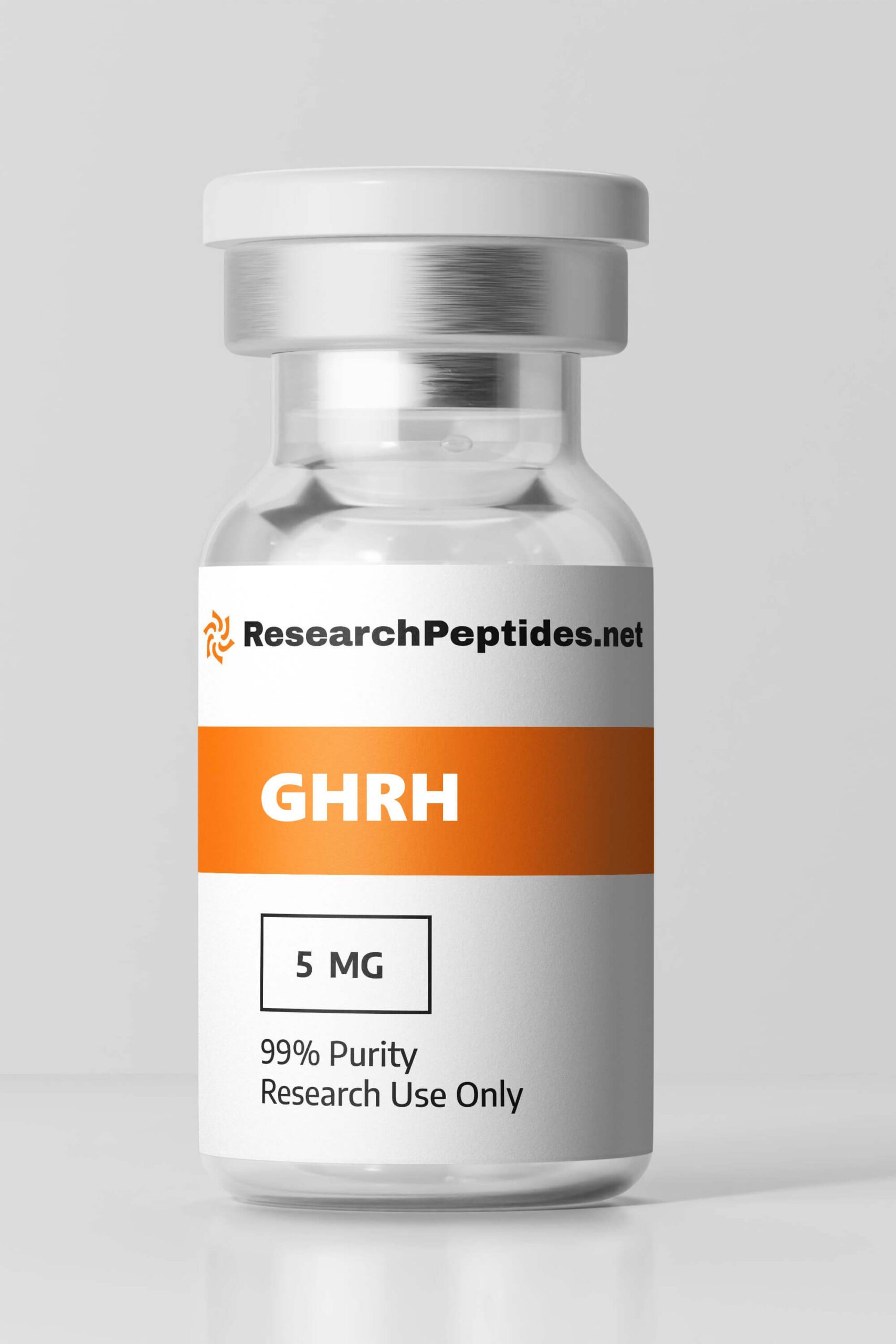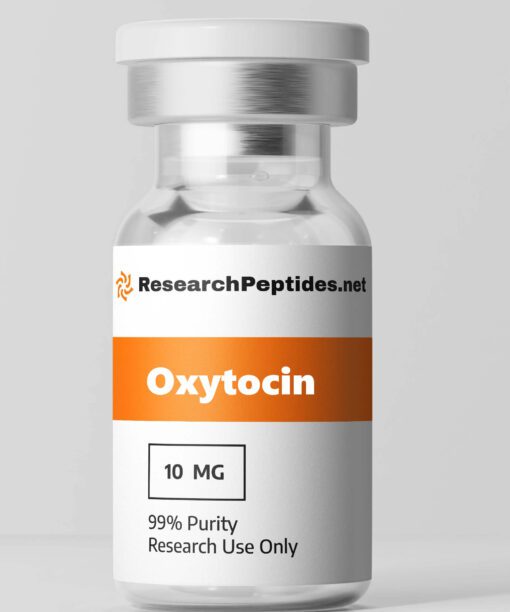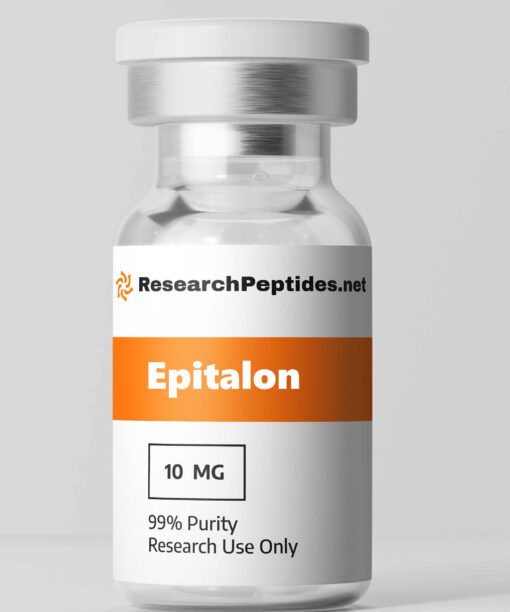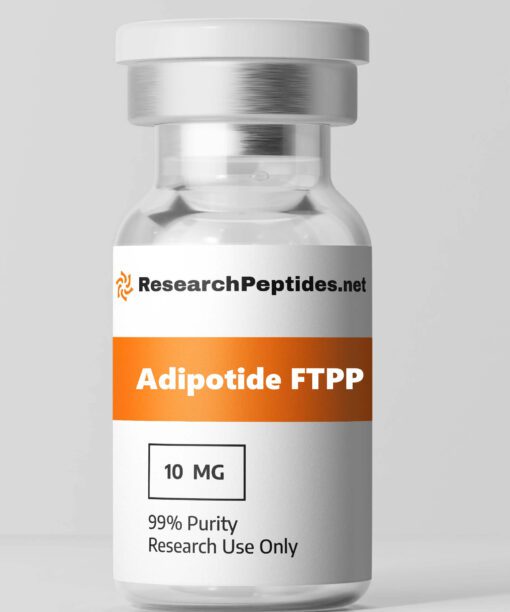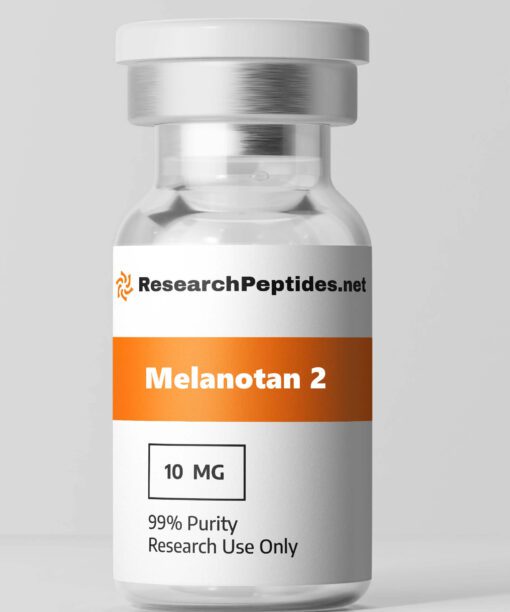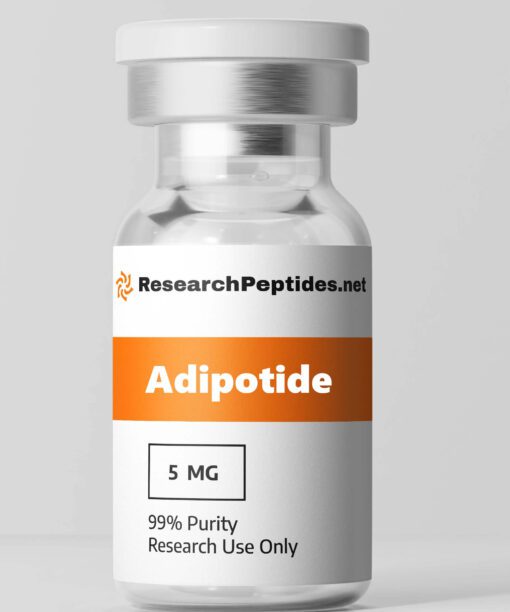Unlocking the Potential of GHRH: Groundbreaking Research Reveals Promising Pathways for Enhanced Growth Hormone Regulation
Introducing GHRH: Unleashing the Power of Growth Hormones
Research studies have revealed a groundbreaking product known as GHRH that has captured the attention of researchers and health enthusiasts alike. As studies have shown, GHRH holds immense potential in stimulating the release of growth hormones, leading to numerous benefits for overall well-being. Join us on an exciting journey as we explore the incredible possibilities unlocked by this remarkable research product.
1. What is GHRH?
Growth Hormone-Releasing Hormone (GHRH) is a peptide hormone produced in the hypothalamus of the brain. It plays a crucial role in regulating the secretion of growth hormone from the pituitary gland. GHRH acts as a signaling molecule that stimulates the release of growth hormone into the bloodstream, where it exerts its effects on various tissues and organs throughout the body. GHRH works by binding to specific receptors located on the surface of cells in the pituitary gland.
This binding triggers a cascade of intracellular signaling events, ultimately leading to an increase in growth hormone synthesis and release. The release of growth hormone is pulsatile, with higher levels occurring during periods of deep sleep and exercise. The production and release of GHRH are tightly regulated by other hormones and factors within the body’s endocrine system.
For example, somatostatin, another hormone produced in the hypothalamus, inhibits the release of both GHRH and growth hormone. This feedback loop helps maintain a delicate balance between stimulating and inhibiting signals, ensuring that growth hormone levels remain within optimal ranges for normal physiological functioning.
2. How Does GHRH Work?
Growth Hormone-Releasing Hormone (GHRH) works through a complex mechanism involving interactions with specific receptors and activation of intracellular signaling pathways. When GHRH binds to its receptor on target cells in the pituitary gland, it triggers a series of events that ultimately lead to increased synthesis and secretion of growth hormone.
The binding of GHRH to its receptor activates a protein called adenylyl cyclase, which converts ATP into cyclic AMP (cAMP). Increased cAMP levels then activate protein kinase A (PKA), an enzyme that phosphorylates and activates other proteins involved in growth hormone synthesis and release. In addition to the cAMP-PKA pathway, GHRH also activates the phospholipase C (PLC) pathway.
This pathway leads to the production of inositol trisphosphate (IP3) and diacylglycerol (DAG), which further stimulate intracellular calcium release and protein kinase C activation, respectively. These signaling pathways work together to enhance growth hormone synthesis and secretion in response to GHRH stimulation.
Overall, the actions of GHRH on target cells in the pituitary gland result in increased production and release of growth hormone into the bloodstream. Once in circulation, growth hormone exerts its effects on various tissues and organs throughout the body, promoting growth, metabolism, and other physiological processes.
3. GHRH Benefits
Research studies conducted on non-human models have demonstrated several potential benefits associated with Growth Hormone-Releasing Hormone (GHRH). These benefits include:
– Increased muscle growth: GHRH has been shown to promote muscle protein synthesis and hypertrophy, leading to enhanced muscle growth.
– Improved physical performance: Administration of GHRH has been associated with increased endurance, strength, and exercise capacity in animal models.
– Enhanced bone density: Studies have suggested that GHRH may play a role in improving bone mineral density and reducing the risk of osteoporosis.
– Accelerated wound healing: Animal studies have shown that GHRH administration can accelerate wound healing by promoting tissue repair processes.
– Anti-aging effects: Some research suggests that GHRH may have anti-aging properties, potentially through its effects on cellular regeneration and metabolism.
It is important to note that these benefits have primarily been observed in non-human studies, and further research is needed to determine the extent of their applicability to humans. Additionally, the optimal dosage, duration, and frequency of GHRH administration for achieving these benefits in humans are still being investigated.
4. GHRH Side Effects
While Growth Hormone-Releasing Hormone (GHRH) has shown potential benefits in non-human studies, it is crucial to consider the potential side effects associated with its use. Some of the side effects observed in animal models include:
– Hyperglycemia: Administration of GHRH can lead to increased blood glucose levels due to its stimulatory effects on growth hormone release. This effect may be more pronounced in individuals with pre-existing diabetes or impaired glucose tolerance.
– Water retention: Elevated levels of growth hormone induced by GHRH can cause fluid retention, leading to edema and swelling.
– Joint pain: Some animals receiving GHRH treatment have reported joint pain as a side effect. The underlying mechanisms for this are not fully understood.
– Acromegaly: Prolonged exposure to high levels of growth hormone resulting from excessive GHRH stimulation can lead to acromegaly, a condition characterized by abnormal bone growth and enlargement of body tissues.
It is important to note that these side effects have primarily been observed in non-human studies. Human response and susceptibility may differ, and further research is required to fully understand the potential risks associated with GHRH use. Proper dosage, monitoring, and consultation with healthcare professionals are essential when considering the use of GHRH.
5. Advantages of GHRH
Growth Hormone-Releasing Hormone (GHRH) offers several advantages compared to other growth hormone-related substances or compounds. These advantages include:
– Physiological regulation: GHRH is a naturally occurring hormone in the body, involved in the normal regulation of growth hormone release. Its use allows for a more physiological approach compared to synthetic growth hormone administration.
– Pulsatile release: GHRH stimulates the pulsatile release of growth hormone, mimicking the natural pattern observed in healthy individuals. This pulsatile release is essential for maintaining optimal growth hormone levels and avoiding potential adverse effects associated with continuous exposure.
– Selective action: GHRH acts specifically on cells expressing its receptor, limiting its effects to tissues and organs responsive to growth hormone stimulation. This selectivity reduces the likelihood of off-target effects seen with some other growth-promoting substances.
The unique characteristics of GHRH make it an attractive option for researchers studying growth hormone regulation and related physiological processes. However, it is important to note that further research is needed to fully understand and optimize the use of GHRH in various research applications.
6. GHRH Research Topics
Growth Hormone-Releasing Hormone (GHRH) has been studied in various research areas using non-human models. Some of the research topics where GHRH has been investigated include:
– Aging: The role of GHRH in age-related changes and potential interventions for mitigating age-related decline.
– Tissue repair: The impact of GHRH on wound healing, tissue regeneration, and repair processes.
– Bone density: Investigating the effects of GHRH on bone mineral density and its potential role in osteoporosis prevention.
– Muscle growth: Examining the mechanisms by which GHRH promotes muscle protein synthesis and hypertrophy.
– Metabolism: Studying the effects of GHRH on metabolism, including energy expenditure, lipid metabolism, and glucose homeostasis.
These research topics highlight the diverse areas where GHRH has been explored to gain insights into its physiological functions and potential therapeutic applications. Continued investigation in these areas may lead to a better understanding of the mechanisms underlying growth hormone regulation and open up new avenues for targeted interventions.
7. Future Research Directions for GHRH
Growth Hormone-Releasing Hormone (GHRH) continues to be an area of active research, with several potential future directions identified. Some possible areas for further investigation include:
– Combination therapies: Exploring the synergistic effects of combining GHRH with other growth hormone-related substances or compounds to optimize therapeutic outcomes.
– Disease-specific applications: Investigating the potential use of GHRH in specific disease conditions where growth hormone dysregulation is implicated, such as certain types of dwarfism or wasting disorders.
– Mechanistic studies: Conducting detailed studies to elucidate the intracellular signaling pathways activated by GHRH, providing insights into its mode of action and identifying potential targets for modulation.
– Clinical trials in humans: Translating findings from non-human studies into clinical trials involving human participants to evaluate the safety, efficacy, and optimal dosing regimens for GHRH.
These future research directions hold promise for expanding our understanding of GHRH biology and potentially uncovering novel therapeutic strategies for various conditions associated with growth hormone dysregulation.
8. GHRH Before and After in Research
In non-human experiments using Growth Hormone-Releasing Hormone (GHRH), researchers often assess the before-and-after effects of GHRH administration on various physical attributes or physiological markers. These studies aim to evaluate the impact of GHRH on specific outcomes of interest.
For example, researchers may measure changes in body composition, such as lean muscle mass, fat mass, or bone density, before and after GHRH treatment. They may also assess functional parameters like exercise capacity, endurance, or strength to determine if GHRH has any positive effects on physical performance.
Additionally, researchers may examine biomarkers related to tissue repair or aging processes to investigate the potential benefits of GHRH. This could involve assessing wound healing rates, collagen synthesis, or markers of cellular senescence before and after GHRH administration.
By comparing the before-and-after results in these studies, researchers can gain insights into the effects of GHRH on specific outcomes and further our understanding of its potential applications in various research areas.
9. GHRH Cycle for Research
When using Growth Hormone-Releasing Hormone (GHRH) in research experiments involving non-human models, researchers typically structure their use according to a defined cycle. The duration, frequency, and dosing considerations may vary depending on the specific research objectives and model species being studied. A typical GHRH cycle for research might involve:
– Duration: The length of a research cycle can range from several days to weeks or even months. – Frequency: Researchers may administer GHRH daily, every other day, or at specific intervals depending on the study design and desired outcomes.
– Dosage: The dosage of GHRH used in research experiments is typically determined based on body weight, species-specific factors, and previous literature. It is crucial to establish appropriate dosing ranges to avoid potential adverse effects associated with excessive stimulation of growth hormone release.
Throughout the research cycle, regular monitoring of relevant parameters and careful observation of any changes in physical attributes or physiological markers are essential. This allows researchers to evaluate the effects of GHRH and make informed interpretations regarding its impact on the research objectives.
10. Best GHRH Results in Research
Non-human research studies utilizing Growth Hormone-Releasing Hormone (GHRH) have yielded notable findings showcasing significant outcomes. Some of the best results observed include:
– Increased lean muscle mass: Administration of GHRH has been shown to promote muscle protein synthesis and hypertrophy, leading to a significant increase in lean muscle mass.
– Accelerated wound healing: Studies have demonstrated that GHRH administration can enhance tissue repair processes, resulting in faster wound healing rates compared to control groups.
– Improved bone density: Research has indicated that GHRH may play a role in improving bone mineral density and reducing the risk of osteoporosis.
– Enhanced physical performance: Animal models treated with GHRH have exhibited improved exercise capacity, endurance, and strength compared to untreated counterparts.
– Anti-aging effects: Some studies suggest that GHRH may have anti-aging properties, potentially through its effects on cellular regeneration and metabolism. These results highlight the potential benefits of GHRH administration in non-human models.
However, it is important to note that further research is needed to determine the optimal dosing regimens and assess the safety and efficacy of GHRH in human applications.
11. Where to Buy GHRH?
For researchers interested in acquiring high-quality Growth Hormone-Releasing Hormone (GHRH) for their studies, ResearchPeptides.net is a reliable source. ResearchPeptides offers a range of peptides, including GHRH, that are manufactured using strict quality control measures to ensure purity and potency.
When purchasing GHRH or any other research peptides, it is essential to choose a reputable supplier like Research Peptides to ensure the reliability and integrity of the product. Researchers should also consider factors such as shipping options, customer support, and adherence to legal and ethical guidelines when selecting a supplier.
GHRH obtained from trusted sources like ResearchPeptides.net can provide researchers with confidence in the quality of the product, enabling them to conduct their experiments with accuracy and reliability.
12. GHRH for Sale
Growth Hormone-Releasing Hormone (GHRH) is available for sale in various forms and formats for research purposes. These include:
– Lyophilized powder: GHRH is commonly sold as a lyophilized powder that needs reconstitution before use. The powder should be stored in a dry, cool place away from light.
– Vials: Once reconstituted, GHRH can be stored in vials for convenient use during research experiments. Proper storage conditions should be maintained to preserve the stability of the peptide.
– Dosage calculation: Researchers need to accurately calculate the dosage of GHRH based on factors such as body weight, species-specific considerations, and desired outcomes. Careful attention should be given to ensure precise dosing during experiments.
– Administration techniques: Researchers may administer GHRH via various routes depending on the study design and objectives. Common administration methods include subcutaneous or intramuscular injections.
It is crucial to follow proper storage, mixing, dosage calculation, and administration techniques when working with GHRH for research purposes. Adhering to recommended protocols ensures the integrity of the peptide and accurate interpretation of research results.
Overall, the research on GHRH has consistently demonstrated its positive impact on various aspects of human health. Studies have revealed its potential to enhance growth hormone secretion, improve muscle strength and mass, boost cognitive function, and regulate metabolism. With these findings, it is clear that GHRH holds immense promise as a therapeutic agent for enhancing overall well-being and quality of life.
Frequently Asked Questions About GHRH Peptides April 2024
What causes GHRH to be released?
The release of GHRH is heightened when the body experiences physical or emotional stress, but it is suppressed by somatostatin, which is a potent neurohormone found in the hypothalamus. Additionally, insulin-like growth factors, which are produced when tissues are exposed to growth hormones, also hinder the secretion of GHRH.
Why is GnRH hormone important?
The levels of sex hormones, libido, and fertility in your body are influenced by the production of gonadotropin-releasing hormone (GnRH). If there is an excess of GnRH in children, it can lead to early puberty, while insufficient hormone levels can cause a delay in puberty. The production of follicle-stimulating hormone and luteinizing hormone requires GnRH.
What hormone is released by GHRH?
Growth hormone-releasing hormone (GHRH), also known as somatoliberin, is a hormone produced in the hypothalamus that targets the somatotrope cells in the anterior pituitary gland. Its main function is to stimulate the synthesis and release of growth hormone (GH), also known as somatotropin.
What are 4 functions of growth hormone?
The growth hormone plays a role in promoting growth in young individuals and children. It also helps regulate body fluids, fat metabolism, sugar levels, and heart function. Additionally, it helps decrease body fat by increasing muscle mass and bone density.
What is the main function of GHRH hormone?
Growth hormone-releasing hormone is a hormone that is made in the hypothalamus and is responsible for stimulating the pituitary gland to produce and release growth hormone into the blood. This hormone has an impact on various tissues in the body, regulating metabolism and promoting growth.
Where is GHRH hormone produced?
The hypothalamus produces a 44 amino-acid polypeptide called GHRH (growth hormone releasing hormone). It is produced in the arcuate nucleus of the hypothalamus.
Dive into the Peptide Universe: A Resource for Researchers 2024
Discover a variety of peptide forms, including polypeptide chains, peptide amalgams, IGF-1 Proteins, Melanotan elements, and beauty peptide mixtures at our US Peptides Outlet. Our Peptides for Sale platform provides in-depth resources for those interested in peptide science. We also offer a selection of Laboratory Tools for your research needs. Our Peptides Information Repository is a great resource for expanding your understanding of peptides.
Author Info and References
Author Info
The information provided in this article was taken from studies carried out by recognized researchers, including Burcu Ayhan-Sahin, Z. Apaydin, Pınar Obakan-Yerlikaya, E. Arısan, Ajda Coker-Gurkan, Ravinder S. Chale, S. Marta Almeida, Mario Rodriguez, I. Jozic, Simonetta I. Gaumond, A. Schally, J. Jimenez, Joanie Otin, N. Tran, Aurélie Benoit, C. Buisson, M. Taverna, Alécia A. Oliveira-Santos, R. Salvatori, M. Nogueira, A. Bueno, Cynthia S. Barros-Oliveira, Angela C. G. B. Leal, Cindi G. Marinho, N. P. Damascena, Djane A Oliveira, Manuela A. Melo, Carla R. P. Oliveira, Flavia O da Costa, Jéssica S. S. dos Santos, Paula F. C. Santos, V. C. Campos, Elenilde G. Santos, Enaldo V. Melo, M. L. A. Barbosa, Ívina E. S. Rocha, M. de Castro, and M. Aguiar-Oliveira.
References
- Ayhan-Sahin, B., Apaydin, Z., Obakan-Yerlikaya, P., Arısan, E., & Coker-Gurkan, A. (2022). Synthesis and characterization of novel ssDNA X-aptamers targeting Growth Hormone Releasing Hormone (GHRH). PLOS ONE. https://dx.doi.org/10.1371/journal.pone.0260144
- Chale, R. S., Almeida, S. M., Rodriguez, M., Jozic, I., Gaumond, S. I., Schally, A., & Jimenez, J. (2023). The Application of GHRH Antagonist as a Treatment for Resistant APL. Cancers. https://dx.doi.org/10.3390/cancers15123104
- Otin, J., Tran, N., Benoit, A., Buisson, C., & Taverna, M. (2023). Online large volume sample staking preconcentration and separation of enantiomeric GHRH analogs by capillary electrophoresis. Electrophoresis. https://dx.doi.org/10.1002/elps.202200278
- Oliveira-Santos, A. A., Salvatori, R., Nogueira, M., Bueno, A., Barros-Oliveira, C. S., Leal, A. C. G. B., Marinho, C. G., Damascena, N. P., Oliveira, D. A., Melo, M. A., Oliveira, C. R. P., da Costa, F. O., dos Santos, J. S. S., Santos, P. F. C., Campos, V. C., Santos, E. G., Melo, E. V., Barbosa, M. L. A., Rocha, Í. E. S., de Castro, M., & Aguiar-Oliveira, M. (2019). Enteroendocrine Connections in Congenital Isolated GH Deficiency Due to a GHRH Receptor Gene Mutation. The Journal of Clinical Endocrinology & Metabolism. https://dx.doi.org/10.1210/jc.2019-00094
GHRH Research Peptides Scientists
- “Ph.D., M.D.(hc), D.Sc. Andrew V. Schally” GHRH
“Dr. Schally primary interest includes the development of new therapies for prostatic, breast, colorectal, pancreatic, renal, bladder, brain, ovarian, endometrial, lung, gastric cancer, and other solid cancers as well as for acute myeloid leukemia, based on antagonistic analogs of growth hormone-releasing hormone (GHRH)”
Andrew V. Schally has a “Ph.D., M.D.(hc), D.Sc.” from the McGill University. “Ph.D., M.D.(hc), D.Sc. Andrew V. Schally” currently works at the Veterans Administration (VA) Medical Center in New Orleans and has 1 year experience in researching Epithelial mesenchymal transition at the “Miller School of Medicine, University of Miami, Miami, Florida, USA”. One of their notable works include Tumorigenic transformation of human prostatic epithelial cell line RWPE-1 by growth hormone-releasing hormone (GHRH). doi:https://doi.org/10.1002/pros.24339
Andrew V. Schally Profile | “Ph.D., M.D.(hc), D.Sc. Andrew V. Schally Profile” | More about Andrew V. Schally
Share The GHRH Product Page
Product Usage: THIS PRODUCT IS INTENDED AS A RESEARCH CHEMICAL ONLY. This designation allows the use of research chemicals strictly for in vitro testing and laboratory experimentation only. All product information available on this website is for educational purposes only. This product has not been approved by the FDA for Human Use. Bodily introduction of any kind into humans or animals is strictly forbidden by law. This product should only be handled by licensed, qualified professionals. This product is not a drug, food, or cosmetic and may not be misbranded, misused or mislabeled as a drug, food or cosmetic.
Estimated Reading Time: 18 min read

